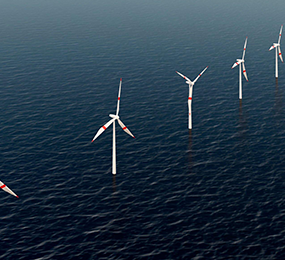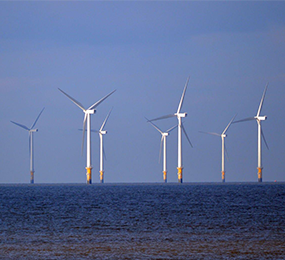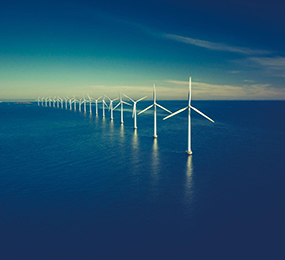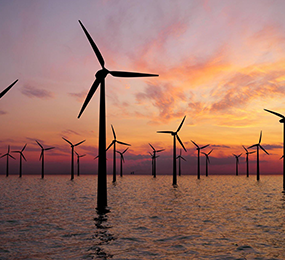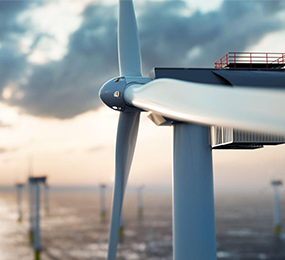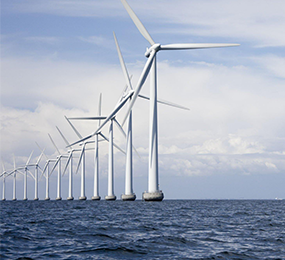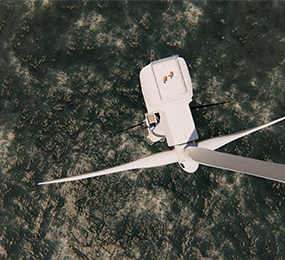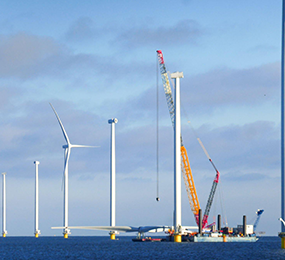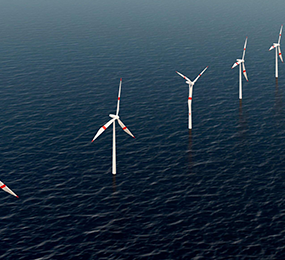The concept of harnessing wind energy from deeper waters has captivated engineers for decades. While traditional offshore wind farms have become a mainstay in renewable energy production, their dependence on shallow water depths presents a significant limitation. Floating offshore wind energy emerged as a solution, and its history reveals a path paved with innovation and perseverance.
Early Seeds of an Idea (1970s-1990s)
The earliest conceptualizations of floating offshore wind turbines can be traced back to the 1970s. Pioneering engineers envisioned various platform designs, including tethered structures and buoyant barges. However, limitations in materials technology and high projected costs hampered these ideas from progressing beyond theoretical models.
The Dawn of Experimentation (Early 2000s)
The turn of the millennium ushered in a new era for floating offshore wind energy. With advancements in materials science and growing concerns about climate change, interest in the technology rekindled. The first prototypes began to take shape, with pilot projects launched in Norway and Scotland. These early ventures, while modest in scale, provided valuable insights into the technical challenges and operational realities of floating wind farms.
Technological Advancements and Growing Recognition (2010s-Present)
The past decade has witnessed significant strides in floating offshore wind energy. Advancements in wind turbine technology, mooring systems, and platform design have led to more robust and cost-effective solutions. Additionally, successful deployments of larger-scale floating wind farms in countries like Japan and Portugal have demonstrated the technology's commercial viability.
Today, floating offshore wind energy is poised for rapid growth. Several large-scale projects are under development globally, with governments and private companies recognizing its potential to unlock vast renewable energy resources.
A Look Towards the Horizon
The history of floating offshore wind energy is a testament to human ingenuity and the unwavering pursuit of clean energy solutions. From its initial conceptualization to its current growth trajectory, this technology offers a glimpse into a future powered by sustainable wind energy, even in the deepest waters. As research and development continue, floating offshore wind farms have the potential to become a cornerstone of the global clean energy transition.
To register or learn more about the Forum please check here: https://www.leadventgrp.com/events/5th-annual-floating-wind-europe/details
For more information and group participation, contact us: [email protected]


